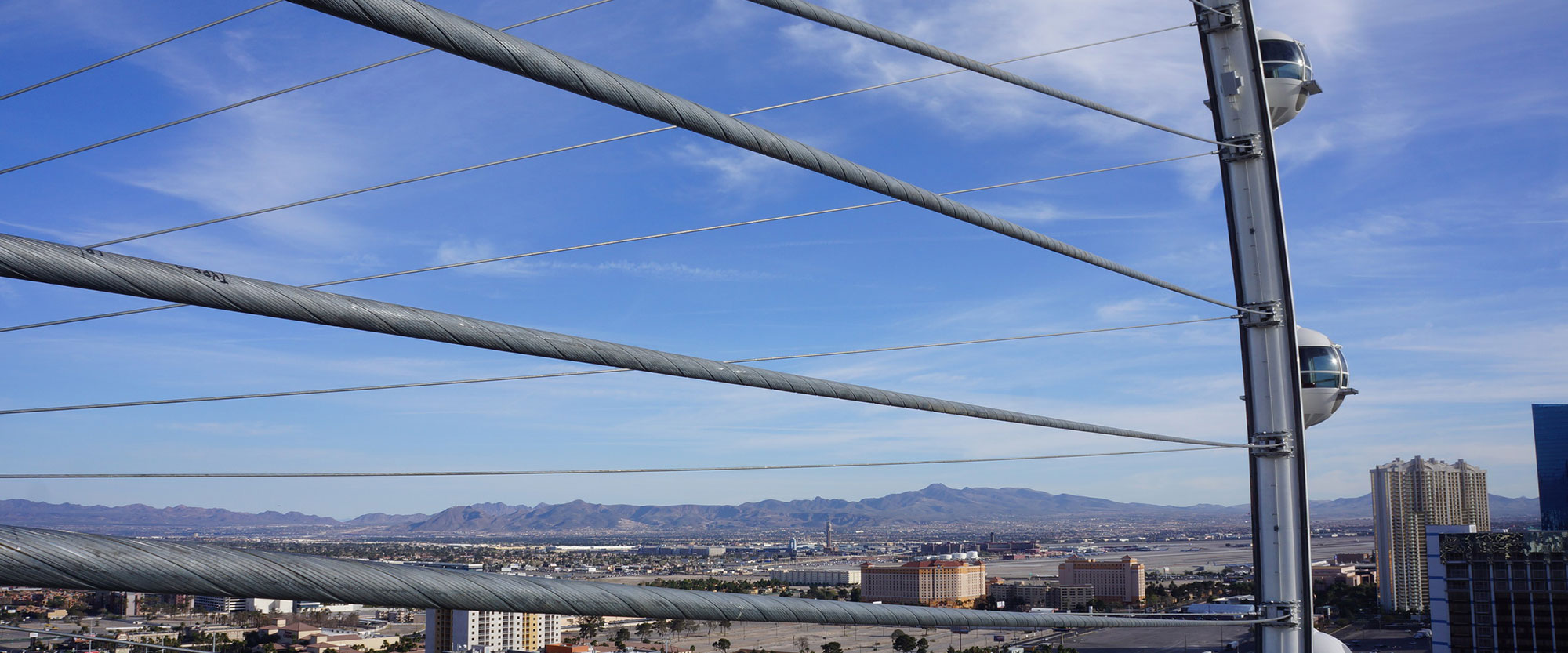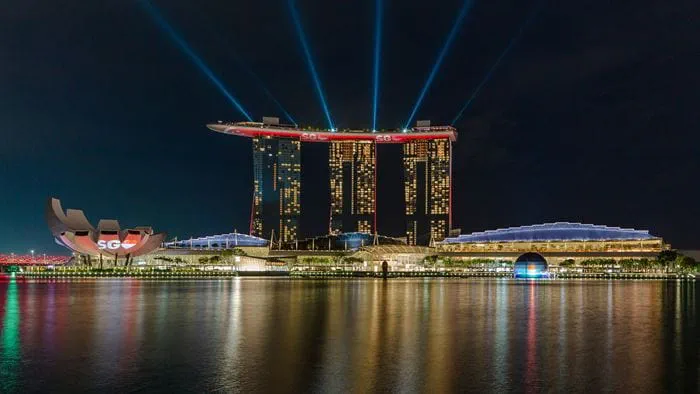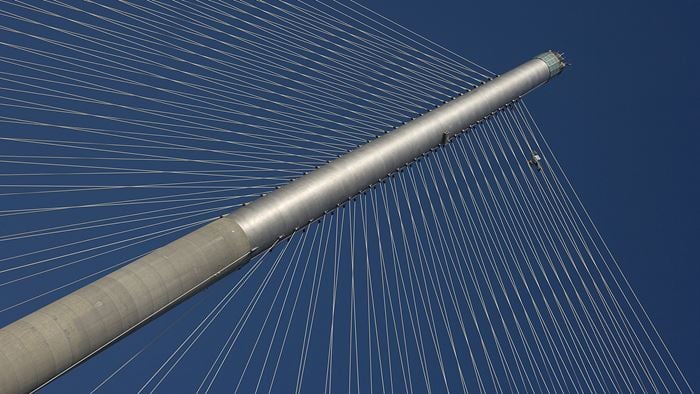Vibration has a fundamental impact on how a person perceives a place. Locations that are still and quiet are perceived as being solid and of high quality, while noisy, shaky spaces can be perceived as flimsy or unsafe. Fortunately new tools are helping us to design the real experience of physical spaces.
As engineers, safety is always our first priority. But sometimes this focus on safety can obscure the impact design will have on the end-user experience. There is also the connected and mistaken assumption that architects are solely responsible for the quality of the spaces we design, when engineering of the specific elements will greatly influence what it’s like to experience a given space.
Developing new tools to help us design spaces of the highest quality is about adding more refinement to our existing knowledge and processes, delivering experiences that are both safe and enjoyable. Whether it’s isolating a concert hall against noise from underground trains or damping tall buildings to reduce their sway, new tools are helping us achieve our aims for quality.
Perception of vibration is subjective. A single number or chart cannot capture how someone will respond to a given motion, nor is there universal agreement on just how much vibration is too much. And in certain designs vibration and structural safety can be equal in importance. For the Las Vegas High Roller observation wheel, a motion platform was used to predict vibrations from the strong desert winds, simulating the possible sway of the passenger cabins. No matter the weather, this helped ensure a comfortable experience on the ride all year round.
The Arup Motion Platform is a tool developed to help predict and understand these effects. It’s a calibrated ‘shake table’ which allows engineers to simulate vibrations in a controlled environment. This allows clients, architects and engineers to model and experience motions from their projects before they’re built, rather than relying on reports or abstract numbers. It is used to engage stakeholders in the design process in a compelling new way.
The Arup Motion Platform has been invaluable on several large projects where vibration was a critical issue, giving our engineers the opportunity to play out various design and material options, so that cost-sensitive project decisions could be made with confidence.
Gathering measurements to plan on the Motion Platform has traditionally been a difficult process, requiring expensive and sensitive equipment. To overcome this, Arup has been developing a simple app for the iPhone that uses the phone’s built in accelerometer (which measures tilt) to measure vibrations. The data captured can then be replayed through the Motion Platform, putting useful information in the hands of building owners, operators or occupants without the need for additional and expensive sensing hardware.
These kinds of tools help build design confidence on increasingly ambitious projects, creating designs that are not only safe but also create a great user experience. Apps and widely available consumer technology clearly have much potential for designers and engineers, so do please use the comments to share any other useful modelling apps you’ve encountered in your work.
 ;
;



